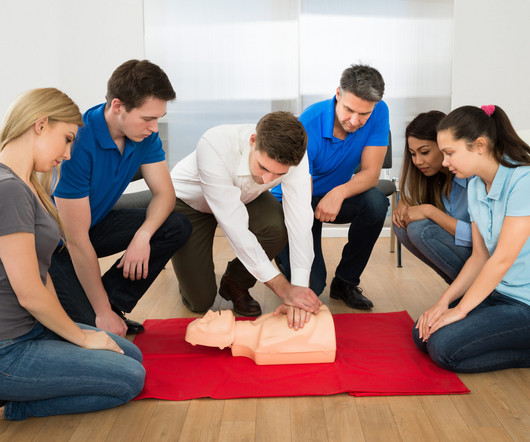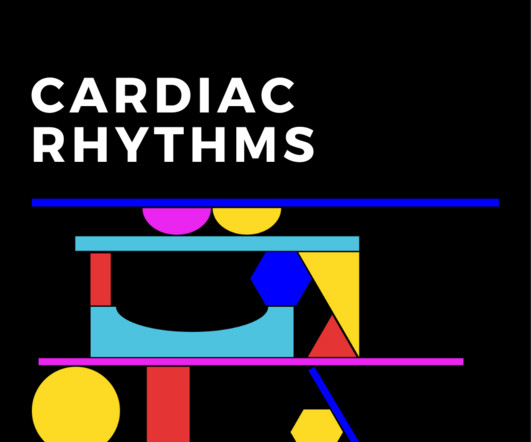Quick First Aid Refresher Training
American Medical Compliance
MARCH 4, 2024
Also, OSHA stated in 2002 that although this type of care may occur often, it is not required to be reported. Some helpful practical skills include CPR, using an AED, and how to apply a tourniquet, among other skills. There are ways to prepare for emergencies that have nothing to do with collecting supplies.
















Let's personalize your content